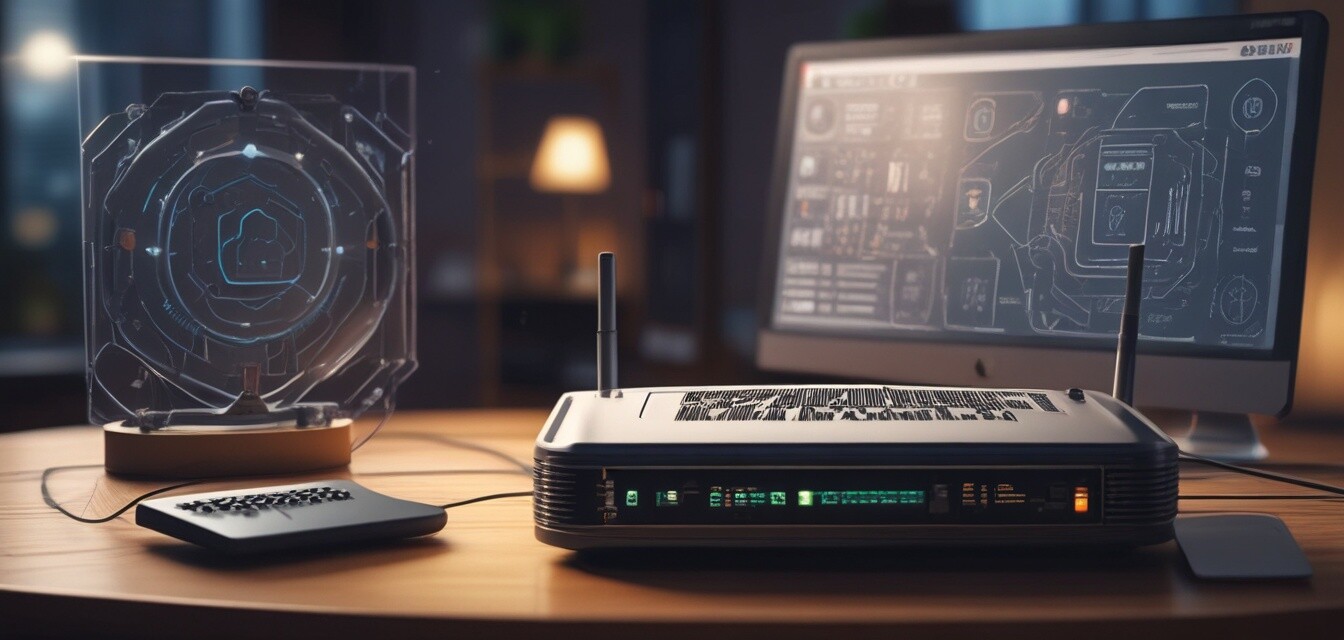
Configuring advanced security settings on your router
Key Takeaways
- Adjusting your router settings can significantly boost network security.
- Implementing passwords and encryption are crucial steps to protect your home network.
- Regularly updating firmware helps safeguard against vulnerabilities.
- Understanding your router's features will help you maximize your internet safety.
- Use strong passwords and regularly change them to maintain your network's integrity.
In today's digital age, securing your home network is more important than ever. With cyber threats lurking around every corner, configuring your router's advanced security settings can protect your personal information and enhance your overall internet experience. In this guide, we will walk you through the necessary steps to optimize your router's security settings for maximum protection.
Why router security matters
Routers act as gatekeepers to your internet connection, managing all data coming in and going out. A weak router could lead to unauthorized access, putting your data, privacy, and devices at risk. By taking a proactive approach to router security, you can minimize vulnerabilities.
Common threats to your network
- Unauthorized access: Intruders can easily gain access to your network if it's poorly configured.
- Malware attacks: Devices connected to unsecured networks are susceptible to malware infection.
- Phishing attacks: Cybercriminals can use your network to conduct phishing scams.
Steps to configure your router’s security settings
1. Change the default login credentials
Most routers come with default login information, which can easily be found online. Change these to something unique and complex.
2. Enable WPA3 encryption
WPA3 is the most secure Wi-Fi encryption available. Make sure your router is set to use it, if supported. If not, opt for WPA2.
3. Disable WPS
Wi-Fi Protected Setup (WPS) is a feature that makes connecting devices easier but can expose your network to security risks. It's safer to disable it.
Additional security settings to consider
| Setting | Description |
|---|---|
| Guest Network | Allows guests to connect without accessing your main network. |
| Firewall | Activate the built-in firewall to help protect against attacks. |
| MAC Address Filtering | Allows only specific devices to connect to your network. |
| Device Management | Regularly review and remove unauthorized devices |
Monitoring and maintaining your router’s security
Even after configuring your router’s settings, it's essential to keep an eye on your network. Here are some tips:
Tips for maintaining router security:
- Regularly update the router’s firmware.
- Conduct periodic security checks.
- Change passwords every few months.
- Use a password manager to create and store unique passwords.
Conclusion
Taking the time to configure your router’s advanced security settings is a proactive step towards safeguarding your home network. With ongoing vigilance and regular updates, you'll be able to navigate the vast internet landscape with confidence.
Pros
- Improved network security
- Protection against unauthorized access
- Better overall performance of connected devices
Cons
- Setup can be confusing for beginners
- Using advanced settings may require technical knowledge
Explore more tips and tricks
To further enhance your internet experience, make sure to explore our other Tips and Tricks articles, as well as our Data Plans and Pricing to find the best options for you.